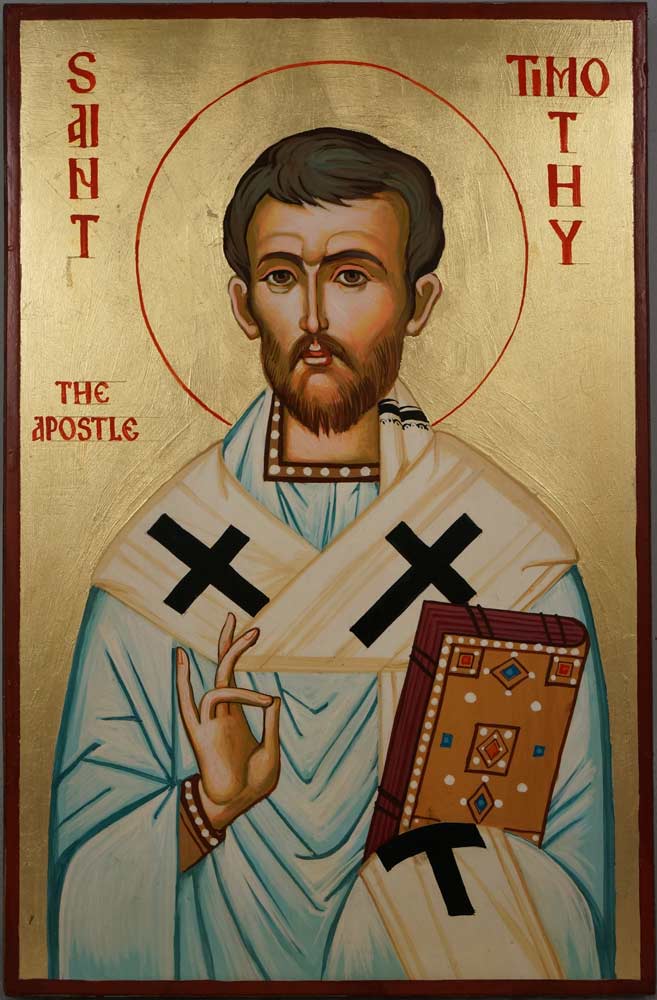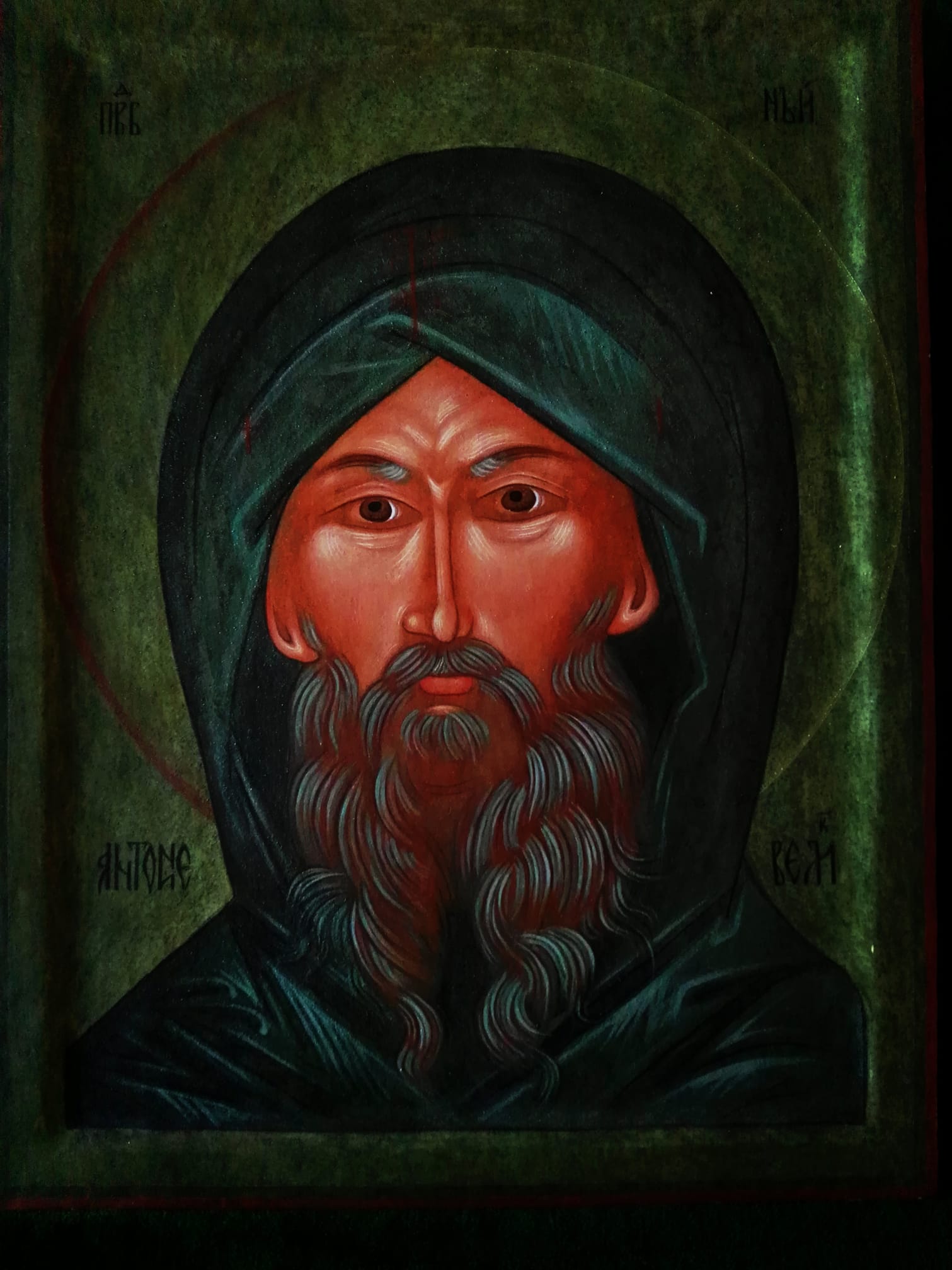 “The feast of Peter and Paul and the Birth of John the Baptist are ranked as great feasts, after those of Christ and the Theotokos. Icons of the apostles grouped at the Ascension or at Pentecost always picture Peter and Paul at the head of the assembly, although, historically, Paul was not present at either.
“The feast of Peter and Paul and the Birth of John the Baptist are ranked as great feasts, after those of Christ and the Theotokos. Icons of the apostles grouped at the Ascension or at Pentecost always picture Peter and Paul at the head of the assembly, although, historically, Paul was not present at either.
The rapid spread of the early Church is due mainly to these two apostles. Peter was crucified in Rome during the time of Nero in 61 AD. He was married and worked as a fisherman with his brother Andrew in Galilee. When the Twelve were called, Peter took up the role of senior. He openly acknowledged Christ as the Son of God, the Messiah. Although he faltered during Christ’s passion, he still remained first. Peter called for an election to replace Judas. He was the first to preach on Pentecost, and the first to heal and to raise the dead. Peter was, above all, a man of great faith. This earned for him the name Rock, and the assurance from Christ that the Church would be built on such faith.
Paul was born in Tarsus, outside the Jewish homeland. He was a Hellenized Jew, at home in the Graeco-Roman culture. Thus, he was well-qualified by background and personality to be apostle to the Gentiles. Over half of the chapters in the Acts of the Apostles are devoted to Paul’s missionary activity. Thirteen of Paul’s letters, in the New Testament, portray the mettle and stature of his burning zeal for the Word of God. He was beheaded in Rome a few years after Peter met his own death. (NS)
 THE BIRTHDAY OF THE GLORIOUS PROPHET AND FORERUNNER AND BAPTIST OF THE LORD, JOHN.
THE BIRTHDAY OF THE GLORIOUS PROPHET AND FORERUNNER AND BAPTIST OF THE LORD, JOHN. The Church liturgically recalls the memory of the holy prophet, Amos. Like the other prophets, he is revered as a saint. Amos is third of the Twelve Minor Prophets who lived during the eighth century before Jesus Christ.
The Church liturgically recalls the memory of the holy prophet, Amos. Like the other prophets, he is revered as a saint. Amos is third of the Twelve Minor Prophets who lived during the eighth century before Jesus Christ. Together let us honor that holy company united by faith, those noble warriors of the Master of all; they were divinely enlisted for Christ and passed through fire and water. The they entered into refreshment and pray for those who cry: Glory Him who has strengthened you; glory to Him who has crowned you; glory to Him who has made you wonderful, O holy Forty Martyrs. (Apolytikion)
Together let us honor that holy company united by faith, those noble warriors of the Master of all; they were divinely enlisted for Christ and passed through fire and water. The they entered into refreshment and pray for those who cry: Glory Him who has strengthened you; glory to Him who has crowned you; glory to Him who has made you wonderful, O holy Forty Martyrs. (Apolytikion) Today, the Church liturgically recalls the life and work of Our Holy Father Ephrem the Syrian.
Today, the Church liturgically recalls the life and work of Our Holy Father Ephrem the Syrian. Today the Church liturgically commemorates one the greats: St Gregory the Theologian, Archbishop of Constantinople. The Troparion for this feast reads:
Today the Church liturgically commemorates one the greats: St Gregory the Theologian, Archbishop of Constantinople. The Troparion for this feast reads: The holy apostle and martyr, Timothy, bishop of Ephesus, is honored by the Church today.
The holy apostle and martyr, Timothy, bishop of Ephesus, is honored by the Church today. St Maximus the Confessor is liturgically commemorated today.
St Maximus the Confessor is liturgically commemorated today. St. Anthony the Great, also called St. Anthony the Abbott (though he was a hermit) and St. Anthony of Egypt is commemorated on January 17. He is identified as the founder of desert monasticism, though the story of his life, particularly how he met St. Paul of Thebes, who preceded him into the desert, is a study of the search for Christian perfection. This story tells how he heard the gospel about the rich young man, to whom Jesus said, ““If you wish to be perfect, go, sell what you have and give to the poor, and you will have treasure in heaven” (Matthew 19:21). When Anthony heard this gospel, he immediately divested himself of all his possessions and went into the desert to seek Christian perfection. This is really the calling of all Christians, as Jesus commanded, “Be perfect, just as your heavenly Father is perfect. (Matthew 5:47)” For this we are baptized, that we might seek Godly perfection.
St. Anthony the Great, also called St. Anthony the Abbott (though he was a hermit) and St. Anthony of Egypt is commemorated on January 17. He is identified as the founder of desert monasticism, though the story of his life, particularly how he met St. Paul of Thebes, who preceded him into the desert, is a study of the search for Christian perfection. This story tells how he heard the gospel about the rich young man, to whom Jesus said, ““If you wish to be perfect, go, sell what you have and give to the poor, and you will have treasure in heaven” (Matthew 19:21). When Anthony heard this gospel, he immediately divested himself of all his possessions and went into the desert to seek Christian perfection. This is really the calling of all Christians, as Jesus commanded, “Be perfect, just as your heavenly Father is perfect. (Matthew 5:47)” For this we are baptized, that we might seek Godly perfection. The holy prophet, Malachi. Second day of the prefestive period.
The holy prophet, Malachi. Second day of the prefestive period.